The Importance of Ego Management in Outdoor Pursuits
Outdoor Activities | March 25, 2024
SAIL
September 27, 2022
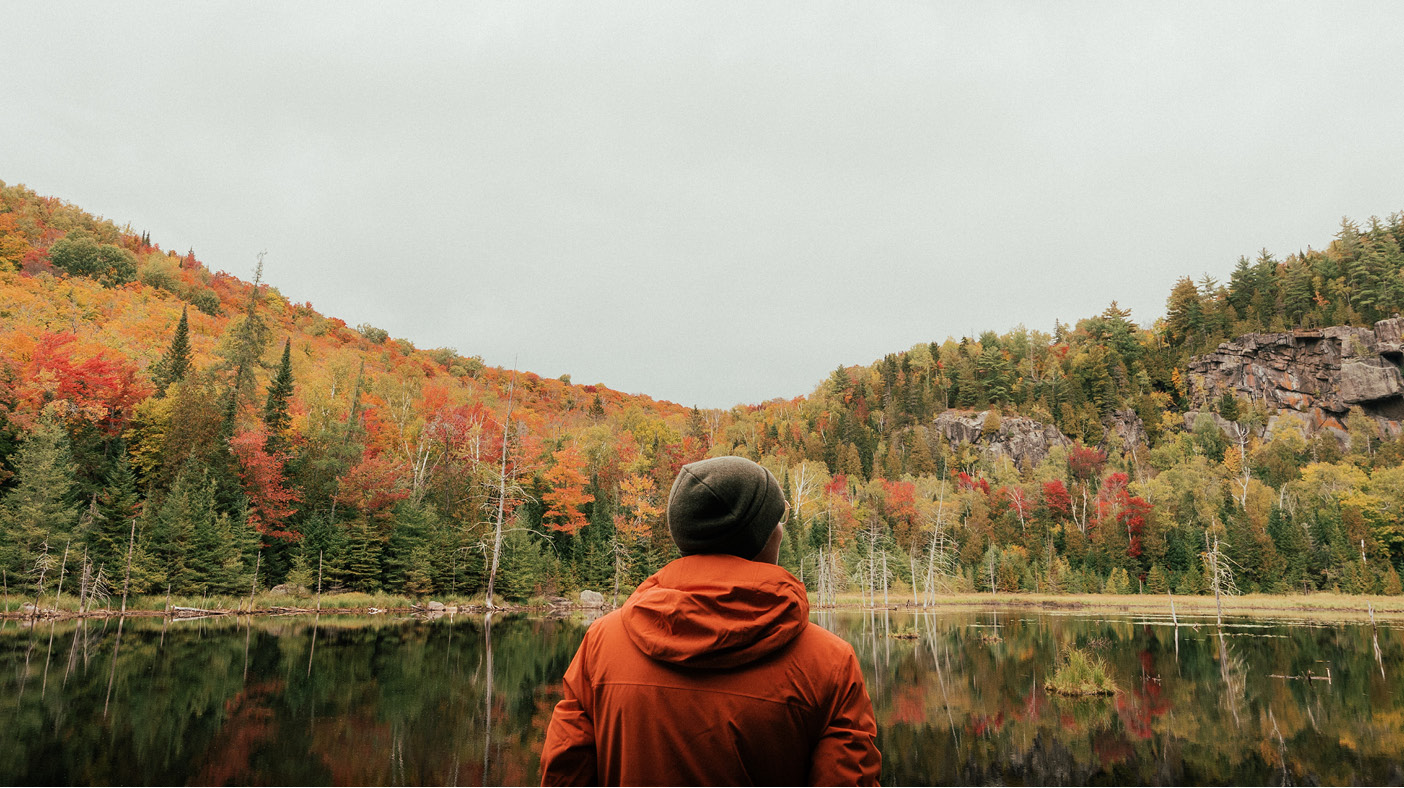
Looking for some inspiration for your next outdoor adventure? Keen to find the best spots to practice your favourite activities? The SAIL team has put together a list of the top 5 outdoor places to visit in Quebec to enjoy nature at its finest, whether from a snow-covered hiking trail or from a lake in a kayak on a sunny day. Discover them below.
In this article, you will learn about:
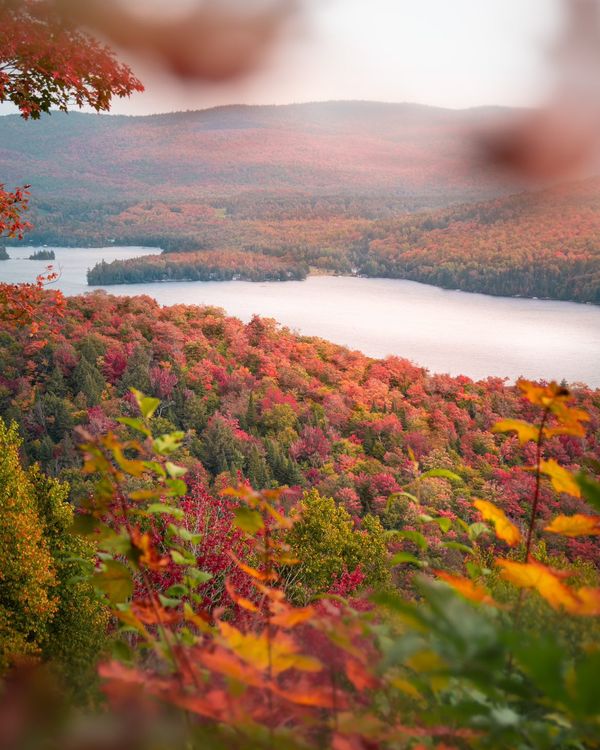
Photo Credits : @monhorizoninfini
The Saint-Donat area is known for its diverse geography. With high mountains and large lakes, it is perfect for most types of outdoor activities. The Montagne Noire in particular features an impressive network of trails of all kinds stretching over hundreds of kilometres. In the summer, hikers often opt to explore the mountain summit trail, which features breathtaking 360° panoramic views of the region. The trail also takes you to the 1943 crash site of a wartime Liberator aircraft, the Liberator Harry: a popular attraction where you can take a well-earned break and enjoy a picnic. Fatbiking, cross country skiing and snowshoeing trails are available in the winter.
But while the mountains offer some great opportunities for outdoor pursuits, there are also many lakes in the region for canoe, kayak and stand-up paddleboard (SUP) enthusiasts to enjoy. Lac Archambault is a great spot for practising nautical sports in general, and sailing in particular.
Lastly, cyclists can find well-mapped road cycling circuits from which to discover the beautiful lakeshore landscapes. The Tour of the two lakes, a 66 km winding circuit, is a must-see for road cyclists.
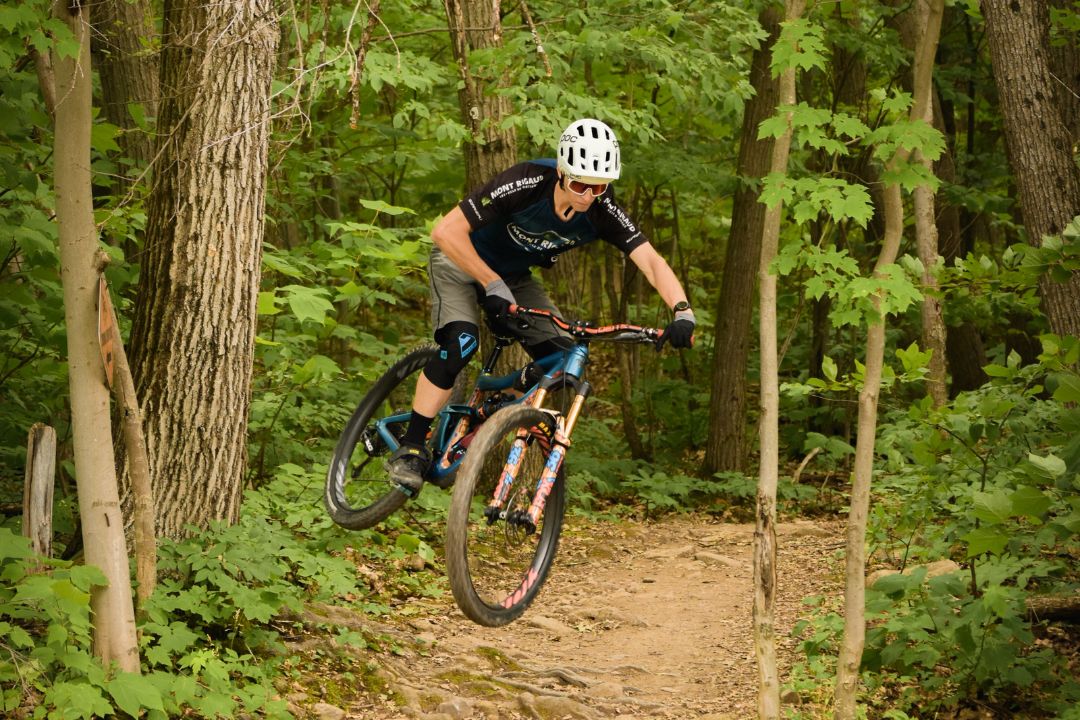
However, this doesn’t mean Mont Rigaud should only be enjoyed in the winter. In the summer, it is very popular with mountain bikers. As such, there are plenty of amenities nearby for those who love the sport or want to give it a try, including a mountain biking school, several repair shops as well as rental services. Arbraska Rigaud (a treetop adventure circuit) is also a fun activity for the whole family, providing you’re not scared of heights!
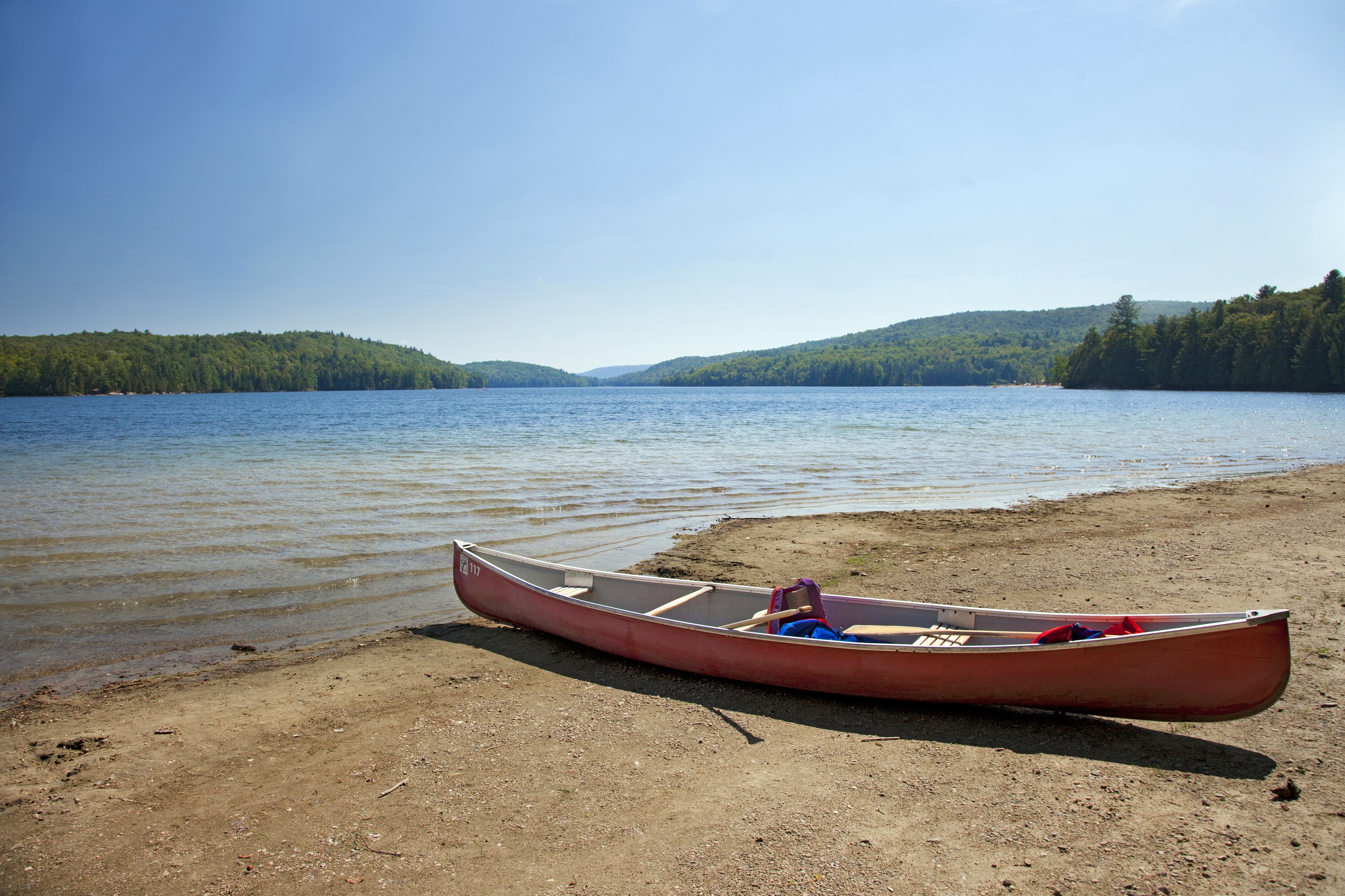
The lake is bordered by three beaches, ideal for those who prefer to soak in the sun or enjoy a family picnic. There is a good network of hiking and mountain biking trails in the park in the summer, as well as cross-country skiing and snowshoeing paths in the winter. Hikers visiting the lake should make sure they stop by Lusk Cave, a natural marble cave formed over thousands of years and reachable via a 10-kilometre long hiking trip.
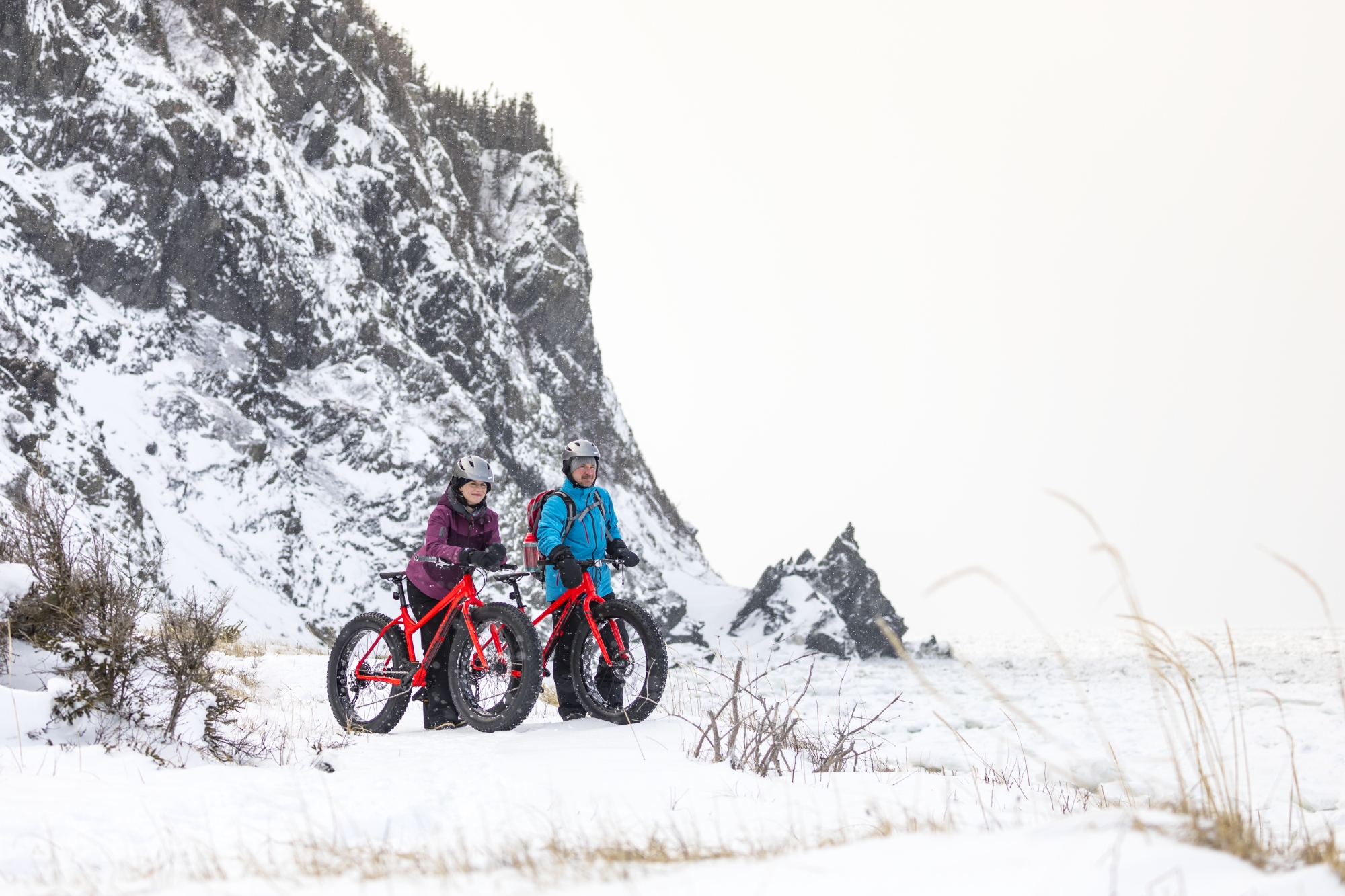
© SEPAQ Crédit Photo : Mathieu Dupuis | BIC – Parc national du Bic | BIC_180210-062.tif
The Parc national du Bic is an amazing destination, brimming with wildlife. Consider camping there so you have time to enjoy all the outdoor activities available (and to increase your chance of spotting wildlife). Take a sea kayak out and look for seals, go hiking and watch out for birds of prey, or keep an eye out for white-tailed deer.
There is a good walking trail network available in the park, a walking area which takes you along the coast (make sure you go during low tide!), as well as quite a few family-friendly bike paths. In the winter, you can even try kicksledding (which consists of propelling a chair mounted on flexible metal runners by kicking with your feet) as a way to discover the park and enjoy the views over the St. Lawrence estuary. And don’t forget to warm up with a hot chocolate in one of the cosy warming huts along the way!
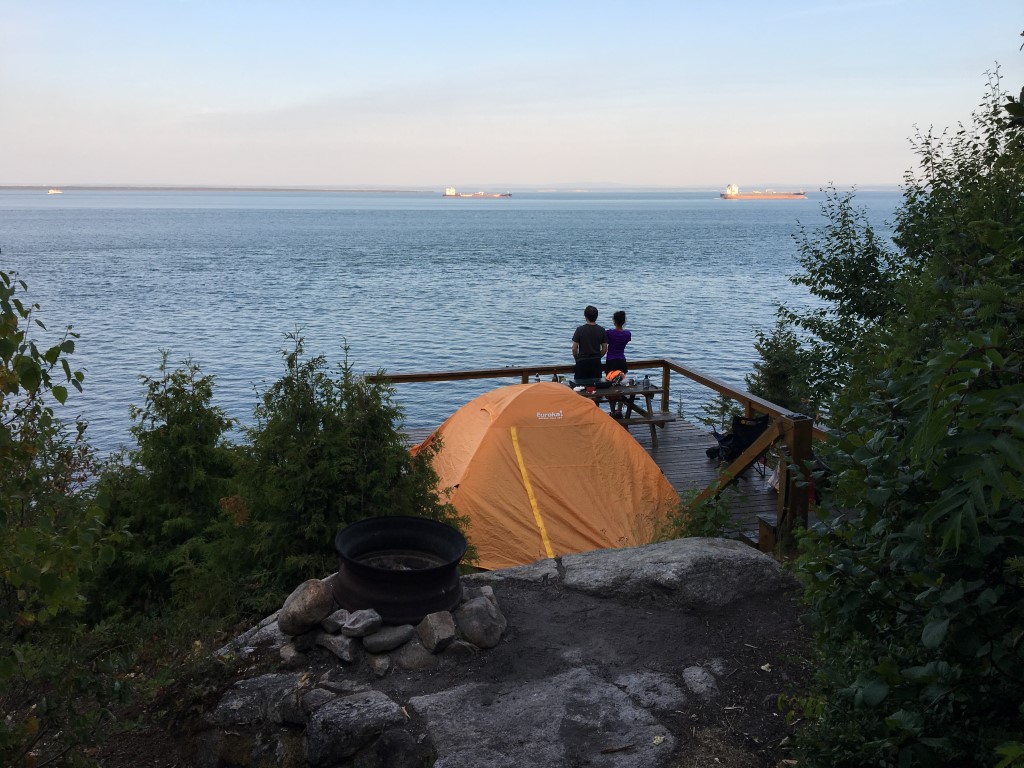
The Parc National des Grands-Jardins is one of the most beautiful camping destinations and outdoor places in Charlevoix. Most visitors to the park hike up the Mont-du-Lac-des-Cygnes trail as the top offers a 360 view over the peaks and valleys created by the meteorite strike. In addition to hiking, the mountains are perfect for alpine skiing and mountain biking.